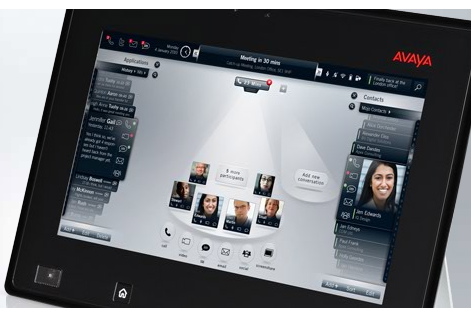 When Kevin Kennedy announced Aura at VoiceCon 2009, I admit that I was a huge skeptic. Does the world really need another über-SIP registry?
When Kevin Kennedy announced Aura at VoiceCon 2009, I admit that I was a huge skeptic. Does the world really need another über-SIP registry?
When my employer introduced its SIP platform in 2004, we argued that it could play a great role in facilitating inter-vendor cooperation and facilitating feature transparency. Of course, that company is not the post-Nortel-acquisition Avaya, just like the 2009 Avaya is not the 2010 behemoth that we find in the marketplace today.
Last week, Avaya announced an agreement with Polycom and more recently (today) with LifeSize. In both cases, these firms promised to make their video communications portfolios interoperate with Aura. Why would Avaya focus on video?
Well, Avaya probably has all the telephony integration share it can get. With its roadmap for the Nortel Enterprise focused on enabling Aura well broadcast throughout the market, Avaya is not likely to get many other UC vendors to participate in interoperating with Aura except through some standardization process, which is probably not likely necessary.
That’s why Avaya went looking for video partners to bring to the Aura. Cisco is in the throes of acquiring TANDBERG, which is not likely to make much of an effort to interoperate with Avaya… (BTW, isn’t this acquisition taking a long time to complete?) … and Avaya hopes to align the universe of ‘anybody-but-Cisco’ into the Aura environment, which makes sense for the communications applications market.
Aura is a game-changer that forms the basis of how Avaya plans to compete with Cisco. The game is to move both Avaya and Nortel customers towards Aura, enable the Polycom and LifeSize customer to interoperate with Avaya/Nortel telephony infrastructures and applications, capturing as much footprint in the über-registry market as possible before other credible offers emerge (from Cisco).










